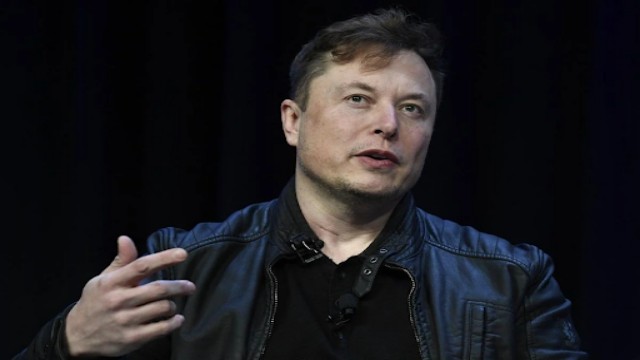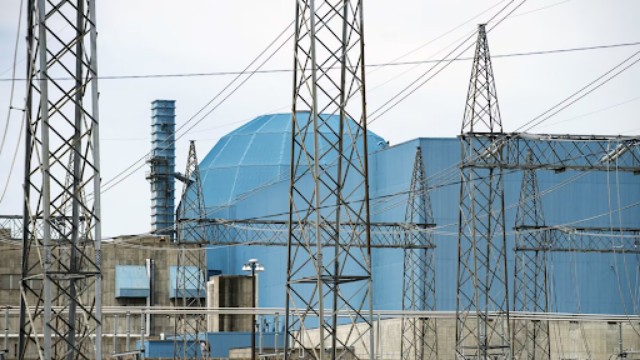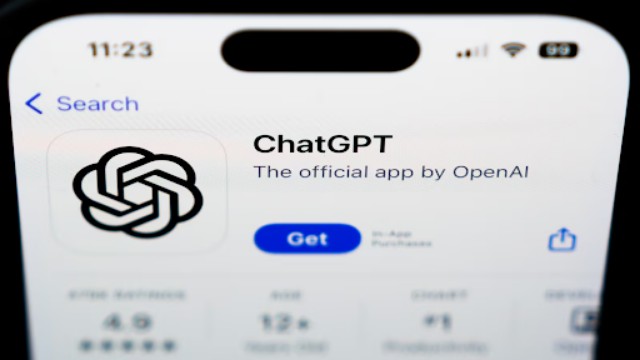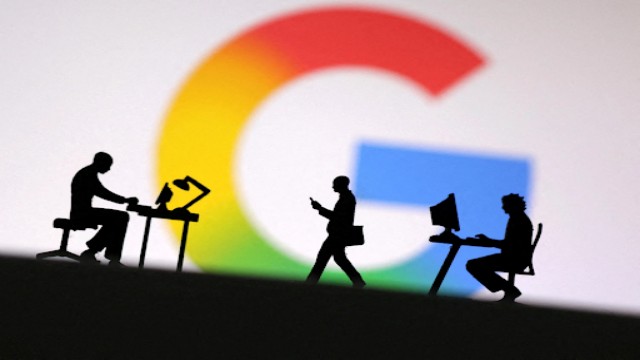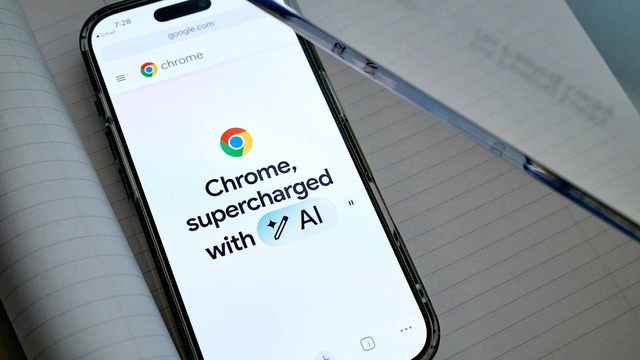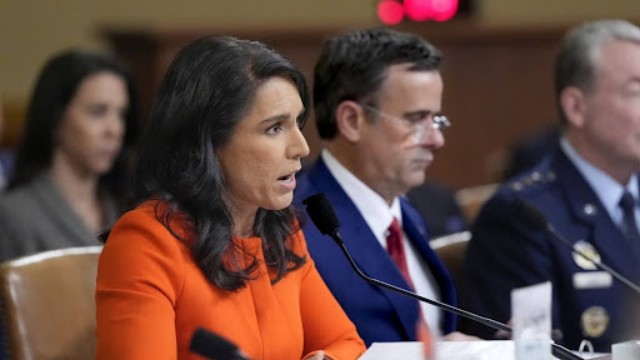
U.S. Director of National Intelligence Tulsi Gabbard, alongside CIA Director John Ratcliffe, spoke before the House Intelligence Committee during a hearing on global threats at the Capitol in Washington on March 26, 2025. (AP Photo/J. Scott Applewhite, File)
In a troubling sign of the times, hackers backed by Russia’s government infiltrated a water facility in the small Texas town of Muleshoe last year, causing an overflow. No ransom was demanded, and the water wasn’t poisoned. Instead, the attack served as a wake-up call: America’s public infrastructure is vulnerable, and traditional military might can no longer guarantee safety in a digitally connected world.
As international conflicts and trade tensions escalate, countries are bracing for an era of heightened digital warfare. Experts warn that cyberattacks could cripple economies, leak government secrets, or even spark physical conflicts. The digital battlefield is no longer a side note—it’s becoming central to national security.
Yet even as threats grow, the U.S. is scaling back some of its cyber defences. Former President Donald Trump recently dismissed Gen. Timothy Haugh, head of both the NSA and Cyber Command. His administration also cut funding for election cybersecurity and placed several key personnel on leave. Intelligence agencies like the CIA and NSA are seeing reduced staffing, and some key departments tracking foreign disinformation have been shut down.
This rollback has alarmed many lawmakers and security experts. Virginia Senator Mark Warner questioned how weakening these defences makes Americans safer, especially as adversaries like China, Russia, Iran, and North Korea ramp up their cyber activities and tighten their alliances.
Recent attacks show just how far foreign hackers are willing to go. A Chinese group known as Volt Typhoon reportedly broke into U.S. telephone networks, inserting hidden malware. Experts believe these cyber implants could be activated later to disrupt critical systems such as power grids, pipelines, hospitals, and communication hubs—especially if tensions over Taiwan escalate.
Another campaign, Salt Typhoon, allegedly targeted the phones of U.S. officials in an attempt to intercept sensitive information. These silent, long-term intrusions are meant to spy, steal secrets, and gain strategic advantages in diplomacy and military planning.
Hackers have also struck more visibly. Iran, for example, has used cyberattacks to make political statements. The aim is often psychological—showing what they could do, rather than what they do.
The increasing use of connected devices, from smartwatches to city infrastructure, has made nearly every digital touchpoint a potential target. Even small suppliers in major global trade networks can serve as entry points for cybercriminals, especially amid the tariff tensions Trump has reignited.
Still, there's some hope. More than 20 nations recently agreed to global standards for commercial spyware use. And within the U.S., there’s bipartisan support for boosting cybersecurity partnerships with private companies.
The Department of Defence is now exploring AI-driven defences, while experts say the cybersecurity field urgently needs 500,000 more trained professionals. Former Israeli cyber chief Dean Gefen, now leading a U.S. training firm, stressed the need for clear government playbooks to guide companies through these challenges.
While political battles over funding and leadership rage on, the cyberwar has already begun—and the clock is ticking.


